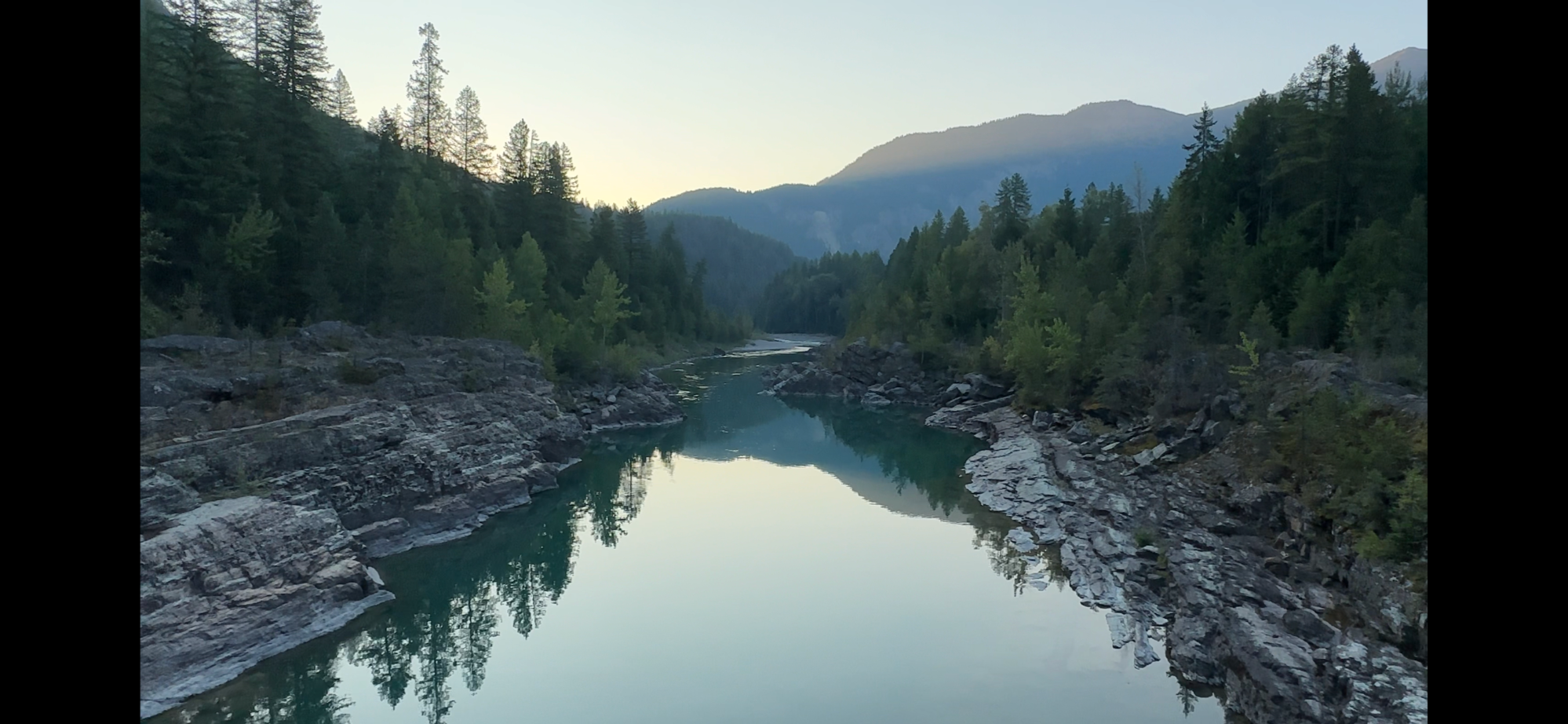Understanding Montana Stream Laws
Montana's stream laws are a hot topic, particularly among new landowners and those considering purchasing riverfront property. Whether you're a long-time resident or someone who's recently relocated, understanding these regulations is vital. Let's dive deep into the nuances of these laws and what they mean for Montana residents.
A Refresher on Montana's Stream Access Rights
A few years back, I released a video discussing Montana's stream laws. Given the influx of new residents and increasing interest in the topic, it's time we revisit this. Some of the contentious discussions in the comments of that video highlight the need for clarification.
The Popularity of the Topic
One of my short video excerpts on Montana stream laws has garnered almost 200,000 views. A significant part of its popularity arose from viewers debating the stream laws. It's evident that stream laws vary across states, but this post specifically focuses on Montana.
Montana's Stream Access Law Decoded
Montana's stream law is quite clear: all surface waters capable of recreational use can be utilized by the public up to the ordinary high water mark. This is irrespective of who owns the land underneath.
Land Ownership vs. River Access
Even if you own land adjacent to the river, your ownership only extends to the high water mark. Despite property maps possibly indicating otherwise, the public has the right to use the river up to this mark. Recreational activities permitted under this law include fishing, waterfowl and Upland game bird hunting, swimming, floating in small crafts or other flotation devices, motorized boating, and more. Essentially, if someone is using the river below the high water mark, they are within their legal rights.
When is Permission Required from Landowners?

While the law provides generous public access to rivers, there are scenarios where one might need a landowner's consent.
Motorized Vehicles and Camping
If one plans to operate a motorized vehicle not intended for water or intends to camp overnight, they would need the landowner's permission. However, there are conditions to this. Overnight camping is permissible if it's essential for enjoying the water resource and is executed within 500 yards of an occupied dwelling or out of sight from a home. Seasonal objects like duck blinds or boat moorage also fall under similar regulations.
Understanding River Classes in Montana
There are two distinct river classifications in Montana: Class I and Class II. While the general laws apply to both, there are some differences to note. Class I vs. Class II Rivers
The larger rivers fall under Class I, while smaller rivers like the Whitefish River are categorized as Class II. Class II rivers, given their size, don't permit camping below the high water mark, as this could cause potential disruptions in people's backyards. However, the public can still use these rivers for activities like paddleboarding, fishing, and more. Whether you own land with a Class I or Class II river running through it, it's crucial to remember that you don't own the river. The public has the right to access it.
Final Thoughts
Montana's stream laws ensure that the state's beautiful waterways remain accessible to all. If you're contemplating purchasing a riverfront property in Montana or need more clarity on the topic, feel free to reach out. Remember, it's not just about owning the land; it's about coexisting harmoniously with nature and fellow Montana residents.
Categories
Recent Posts


